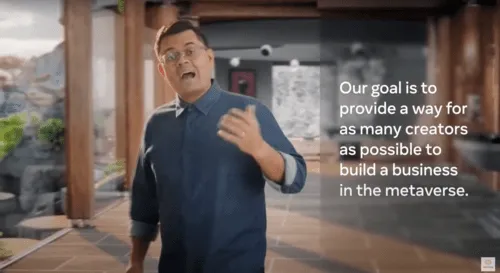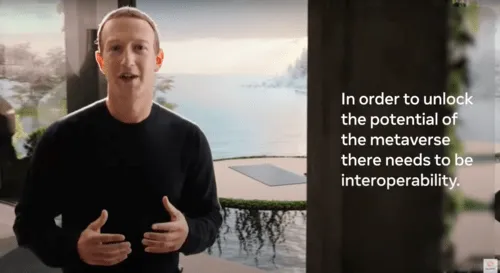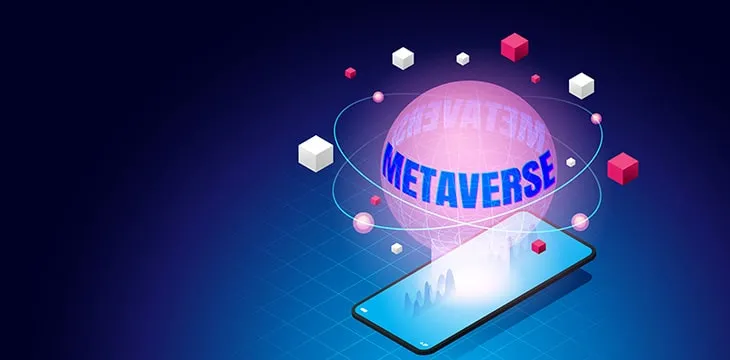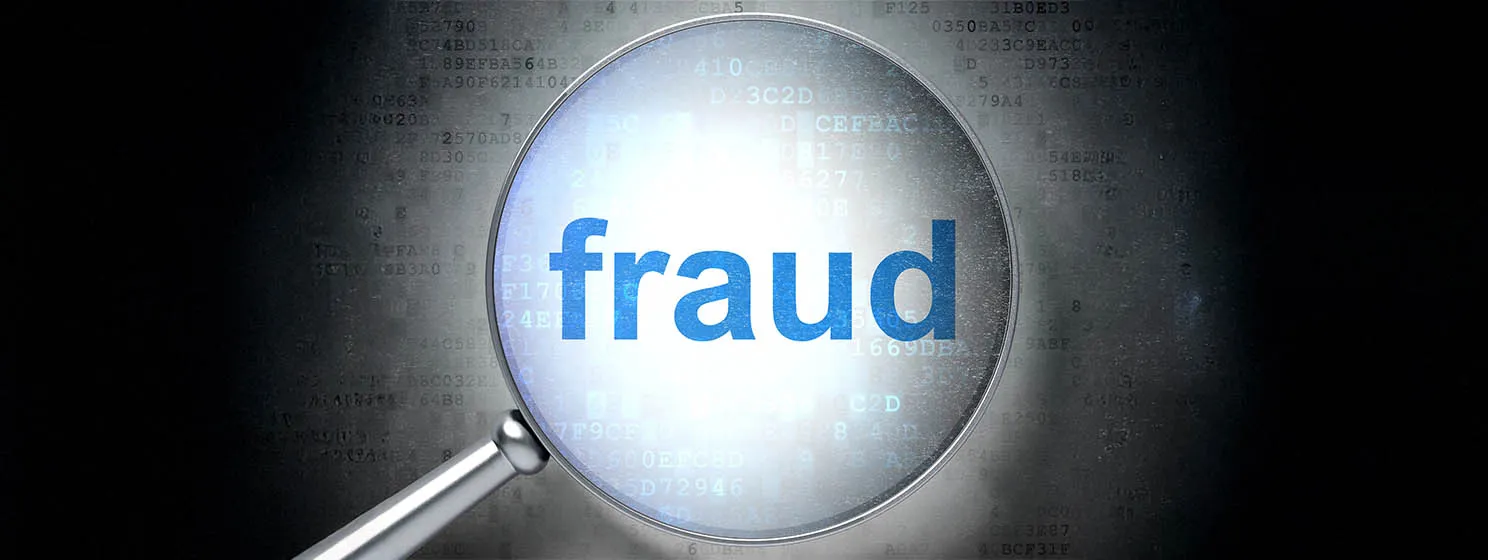|
Getting your Trinity Audio player ready...
|
This post originally appeared on the Unbounded Enterprise website, and we republished with permission from Matt Podl.
Last week, Mark Zuckerberg, CEO of Facebook, spoke for 75 minutes at Facebook’s (or should I say Meta’s?) annual conference about the metaverse. In the opening few minutes he said, “We believe the metaverse will be the successor to the mobile internet.” At Unbounded Enterprise, we agree. In fact, over the last several months, we have expressed a lot of what Zuck and other members from the Meta team shared yesterday in regards to the metaverse, but there was one key component missing: micropayments. Without micropayments, there will be no metaverse.
What is the metaverse?
The most popular rendition of the metaverse is “Ready Player One” (RPO), a 2011 Ernest Cline novel turned 2018 Steven Spielberg film. In the RPO universe, the metaverse is a MMORPG game called the OASIS, created by a company called Gregarious Simulation Systems.
Many see RPO as an aspirational vision of the metaverse. It’s certainly visually compelling. But, in my opinion RPO is both depressing and, thankfully, unrealistic. Its depressiveness comes largely from the dystopian counterpart to the metaverse, an extremely desolate physical world. The other depressing part of RPO is due to the economics of the OASIS. The OASIS was more or less created by a single company, and the ownership of the OASIS is now up for grabs with a sinister corporation most likely to acquire it and make it way worse. Sound familiar? The site Facebook created to allow people to connect with others has turned into something much more dangerous due to data privacy concerns and increasing ad revenue at any cost. How can we trust them to build the next generation of the internet?
So, what is unrealistic about the RPO view of the metaverse? Isn’t the internet today dominated by the so-called “tech giants”? Why wouldn’t the metaverse be dominated by tech giants? Why wouldn’t corporate aims like maximizing revenue through targeted advertisements fueled by massive data collection permeate all corners of the metaverse? The answer has everything to do with scale.
Put simply, the metaverse is way bigger than Meta. It’s way bigger than Google. It’s way bigger than Amazon. It’s way bigger than the entire digital world put together and multiplied by 100, or at least it will be. Consider Leonard Reed’s “I, Pencil”. In this essay, Reed identifies the magic of cooperation driven by profit-seeking behavior by exploring the ancestry of a pencil from the pencil’s perspective. A pencil is the product of so much cooperation — the chopping down of wood, the creation of tools to chop down wood, the mining of ore to create the tools, and so on — that the pencil cannot account for its own ancestors. The statement “no one knows how to make a pencil” is clearly apt.
Well, the metaverse is a lot bigger than a pencil. And, the cooperation required to deliver the metaverse is immense. The idea that a single company could produce a metaverse is as inane as the idea that a single company could produce a pencil. And, even if a single company could produce a pencil, the idea that this pencil could be produced so cheaply as to be virtually free, the reality of pencils today, is an impossibility. Even Meta knows this.
The metaverse is all about co-creating. We’re building this together with creators, developers, and entrepreneurs. — Vishal Shah, VP Metaverse
So, a metaverse will require profit-seeking cooperation on a scale never before seen on the internet. Great, let’s get started! But wait, is that even possible? Don’t we live in a world of data silos, a world where data is trapped on specific platforms or in the bowels of companies unable to even intelligently access it? Unlike the pencil’s ancestors who live in an environment where the economic systems have been cultivated over centuries, the internet is very new. Unsurprisingly, commerce on the internet does not have nearly the sophistication or appropriate systems as commerce in the physical world. Without better systems, the level of cooperation required to produce a metaverse will not occur. This is where micropayments enter the picture.
Instant micropayments, which include payments as small as a tenth of a cent, are possible at a global scale on certain blockchains. We created NFTY Jigs as a platform to create and manage digital goods for the open metaverse. The open metaverse we envision has three key components, all of which rely on micropayments: supercharged digital goods, unprecedented community and collaboration, and allowing users to pay less while creators keep more.
Supercharged digital goods
Our hope is that this will enable a lot more commerce and help grow the overall metaverse economy. — Mark Zuckerberg
The metaverse is made of digital goods. There are games, artwork, videos and more that can be bought and sold with legacy payment systems such as credit cards. But zooming in, there are often hundreds, thousands, even millions of smaller digital goods such as audio, animations, lines of code, and more which combine to form the games, artwork, and videos we all love. Most of these “smaller” digital goods are not worth very much to a user for a single use for a single user, but are worth a lot to many users across many uses. Micropayments make paying for goods with these economic characteristics easy. Legacy payments, with significantly higher transaction fees, make this impossible.
For creators, our goal is to provide a way for as many creators as possible to build a business in the metaverse. We need to enable as many different types of creators as possible to unlock the best ideas. — Vishal Shah
NFTY Jigs enables creators of all types — from artists to animators to sound engineers to coders to everyone in between — to monetize their work. In an open metaverse, users would pay the creators directly, incentivizing creators to make things that people truly want. Ultimately, this means that users and creators will determine the direction where the open metaverse goes, as opposed to “tech giants.”
Unprecedented community, collaboration, and interoperability

“For creators, our goal is to provide a way for as many creators as possible to build a business in the metaverse. We need to enable as many different types of creators as possible to unlock the best ideas.”— Vishal Shah
By having a system of commerce for digital goods where payments are done in a very appropriate manner, it makes collaboration much simpler where no one takes on too much cost/risk and everyone gets paid. This allows for unprecedented community, collaboration, and interoperability. Think of a game where hundreds of creators from different companies are contributing characters, items, audio, and animations. Micropayments are necessary to compensate the creators as users play the game to ensure creators can be compensated fairly for their contributions. A user can pay $0.99 to unlock a sword and all of its sounds and movements. With micropayments, that $0.99 can be instantly split between the artists, animators, sound engineers, and others who contributed to that sword.

In order to unlock the potential of the metaverse there needs to be interoperability. That goes beyond just taking your avatar and digital items across different apps and experiences which we are already building an API to support. You want to know that when you buy something or create something that your items will be available in a lot of contexts. You’re not going to be locked into one world or platform. You want to know that you own your items, not a platform. — Mark Zuckerberg
This last thing, interoperability, is really driven by the ability to pay creators for their work no matter where those creations are being used. The first game on NFTY Jigs, Duro Dogs will have this capability. You will be able to bring your dog and its wearable digital items from game to game as creators and developers add more games on the NFTY Jigs platform. Creators will be able to contribute digital items, sounds, and animations and be rewarded for their work, regardless of what games the user brings the items or characters into.
Users pay less, creators keep more
Micropayments are possible by minimizing the number of intermediaries. These are true peer-to-peer payments. This means that as little money as possible is being taken out of the economy by payment processors which allows users to keep more and creators to earn more.
In the first few seconds in the clip above, Zuck’s metaverse avatar walks into a virtual room and is told by his coworker that “it’s from a creator I met in LA.” How will the creator get paid? There are a couple ways to do this. One way, that is easy with legacy payment systems, is the platform pays the creator a larger sum upfront, and then, regardless of how much or how little it is used, the creator gets the same amount. The other way is that users can pay the creator directly as they use the background. With the second system, the platform/game that the background is used in can take a small cut for facilitating the transaction; it can be much smaller than the 30% Apple and Google typically charge because the transaction fees would be much smaller as well. From an economics perspective, creators would be incentivized to make great items, as they’d be making money proportionally to how many users wanted their creations.
Without micropayments, the metaverse can only be a limited version of itself. Micropayments facilitate the creation of value for billions or trillions of digital goods that previously have been unable to be bought and sold individually. Micropayments make it easier for anyone who wants to participate, be it as a user or a creator, which will allow ideas from everyone to be considered as we build the open metaverse, together.
Watch: CoinGeek New York presentation, Micropayments for the World: APIs, Tokens and Computation

 07-02-2025
07-02-2025 





